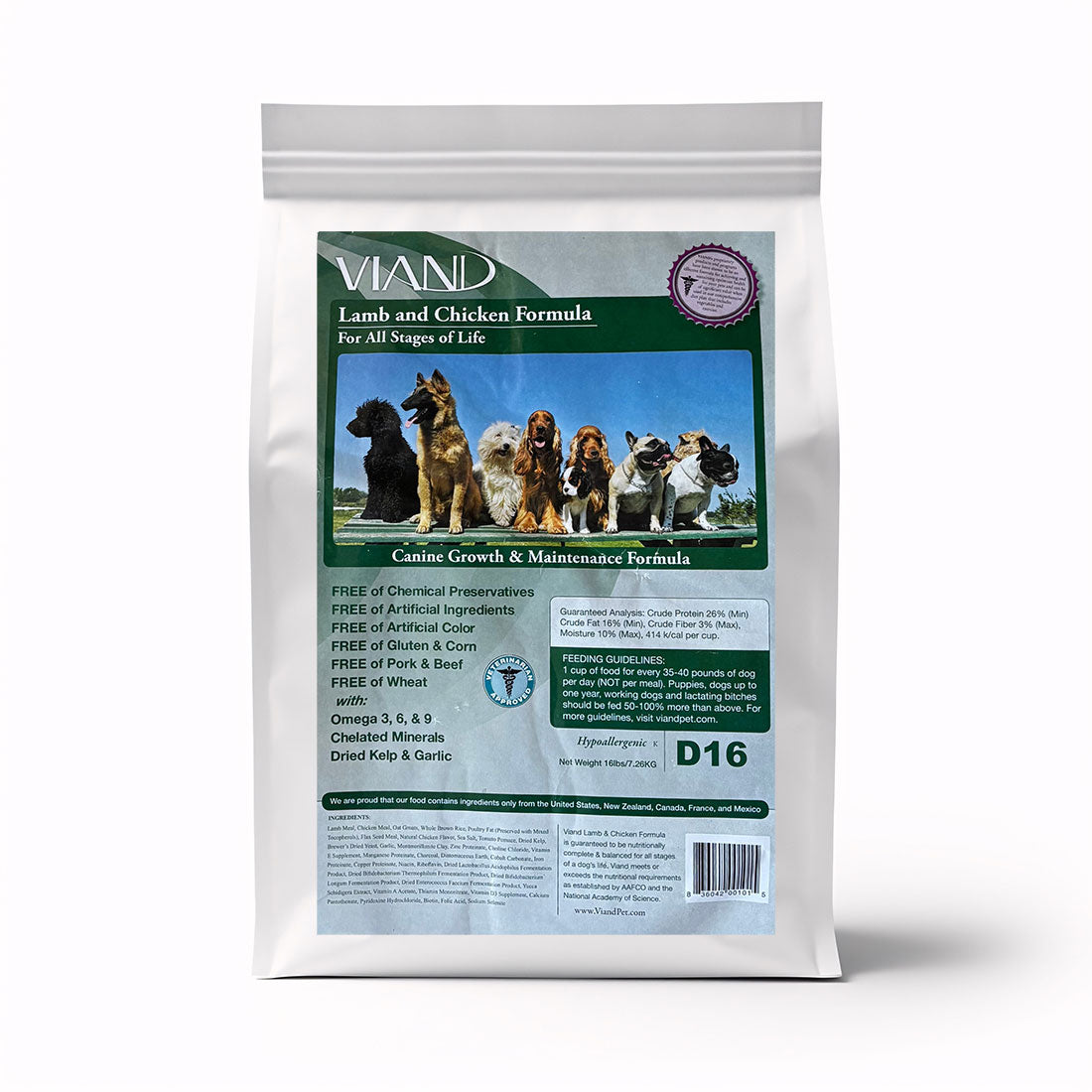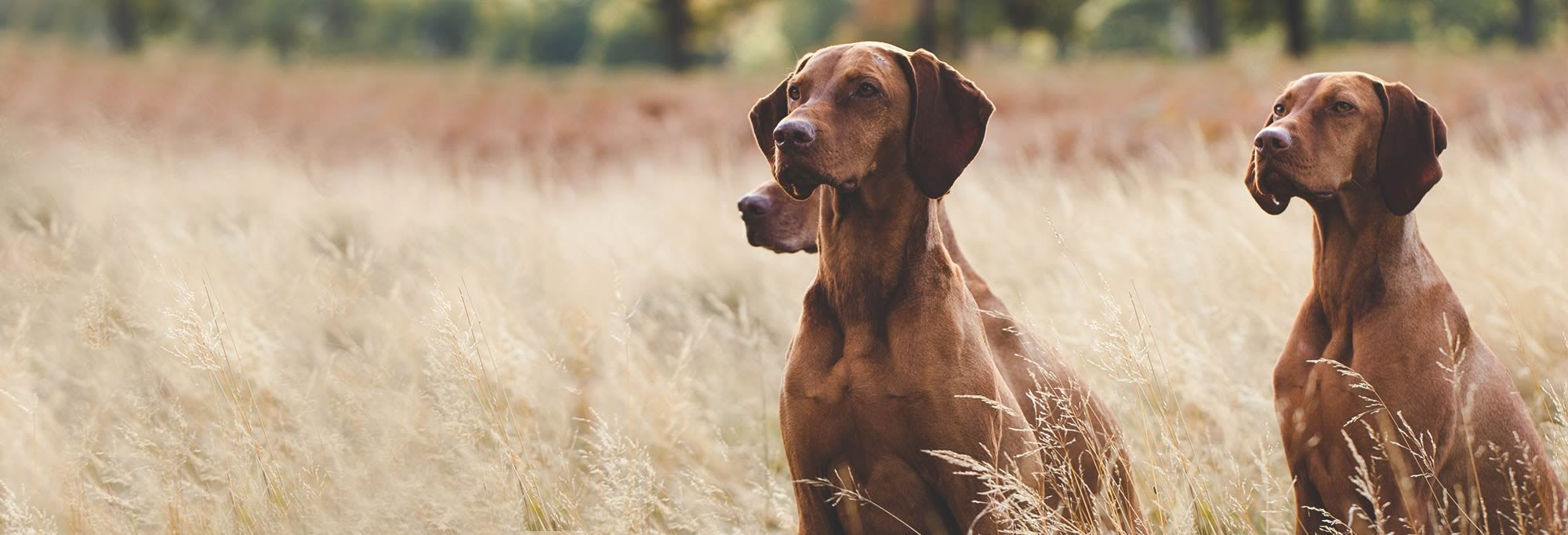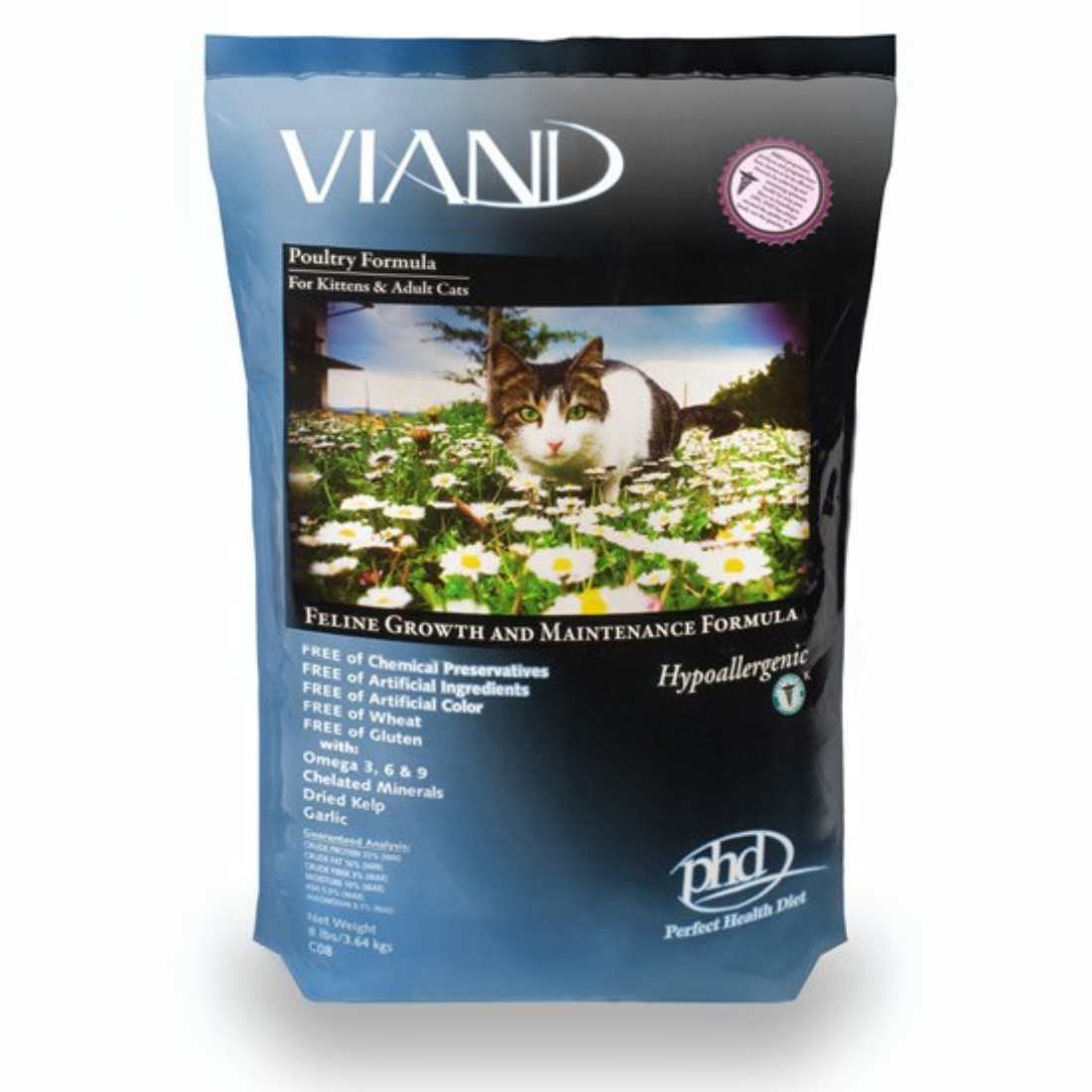By Bonnie Rogers and Bruce DeBaun
Diatomaceous earth are the remains of trillions of single celled algae called diatoms, which synthesized shells for themselves out of silica. When the diatoms die, the shells settle on the bottom of the sea or of lake beds and fossilize into a soft chalky rock like substance, hence the name "fossil shell flour".
The D.E. particles are characterized by their irregular spiny like shape and average from 5-20 microns in diameter. DE has been approved by the FDA for internal and external use and has a rating of Food Chemical Codex Grade. Its use internally or externally as a parasitical is strictly mechanical. The microscopic sharp edges contact offending organisms, pierce their protective coatings and cause them to dry out and die. It has been used for many years by the agricultural industry in direct application to the skin, in crates, enclosures, pastures, on stored grain and fruit trees to impede tree flies, worms, and Japanese beetles.
Internally, the recommended rates are: beef and dairy cattle-1% by weight of total dry ration or free choice; chickens -5% in feed; large dogs over 55lbs. 1 tbsp. per day, small dogs and cats 1 tsp. per day. Recommendations include similar percentages for goats, hogs, horses, and sheep. Basically, what we have here, is a natural non-chemical substance with the ability to control internal intestinal lava. The University of Illinois School of Veterinary medicine has stated that nothing enters the meat or milk. LD/50 test shows there is no damage to organs even when fed in much larger percentages than needed. The Federal Registry of the U.S. Congress lists DE as having "no tolerance" in the storage of grain. Many vitamin companies include DE for its trace minerals. The Bio-integral Resource Center, Berkley, CA (formed in 1979 to provide practical, nontoxic, and effective alternatives to a wide variety of pest problems in the US & Canada) concluded that DE is not a hazard, as the body can dissolve it. However, they did state Crystalline Silica is a hazard in elevated percentages of (3%). Viand Pet uses the lowest (1%) silica found in any commercial deposit known, - a fresh water variety purchased from Universal Diatoms, Albuquerque, NM.
There are by the way significant differences between mineral deposits of DE throughout the world and manufacturers of various products that use DE should be aware of the hazards. Different geologic periods seem to be responsible for this phenomenon. There are some features about DE that correspond with its ability as both a digestive aid and a colon cleanser. The structural features of the skeletal forms as seen under a scanning electronic microscope, reveal not only sharp protrusions, but pores which have the tendency to become filled and clogged with hard debris such as intestinal scale. It has not been found to cause any insult to the mucosa or barrier wall. The following field reports establish the virtues of DE as a parasitical, a digestive aid, and a container of trace mineral.
Holistically speaking, I believe that DE is a compatible natural compound of organic origin that works harmoniously with the body in ways that cannot (as in homeopathy) always be explained. We at Viand Pet are willing to take some first steps on behalf of the industry when we feel we are reasonably sure that we can improve the wellness of the whole animal.
CLINICAL OBSERVATIONS OF FEEDING CODEX FOOD-GRADE DIATOMACEOUS EARTH TO DOGS, O.C. Collins, DVM, Midland Animal Clinic and Hospital, Midland, Texas
In clinical observations of feeding dogs over 35 lbs. 1 tablespoon/day and under 35 lbs. 1 teaspoon/day of diatomaceous earth, within seven days all ova disappeared from stools. Diatomaceous Earth controlled Ascarids (Toxacara canis), Hookworms (Anclyostoma caninum), and Whipworms (Trichuris vulipis).
FIELD REPORT ON EXPERIMENTAL FEEDING OF CODEX FOOD-GRADE DIATOMACEOUS EARTH TO ZOO ANIMALS, Richard Smith, Hallwood Inc., Animal Food Specialties, Grand Rapids, Michigan
A mixture of feed incorporating 2% diatomaceous earth was sent to two zoos for evaluation. John Ball Park of Grand Rapids, Michigan and Brookfield Zoos of Chicago, Illinois. John Ball reported that their black bears on the special feed showed a better coat and clearer eyes. The primates fed at the Brookfield Zoo displayed a pronounced improvement in both appearance and behavior. Stool samples taken at all zoos showed an absence of any internal parasites - adult or egg. Parasites in these animals were present prior to using the diatomaceous earth food mixture.
TEST RESULTS FROM FEEDING A 5% RATION OF CODEX FOOD-GRADE DIATOMACEOUS EARTH TO RODENTS, Eldridge M. Burke, Ph.D. Arizona State University, Division of Life Sciences, Tempe, Arizona.
Comparison of test and control groups of rats where test and control groups were fed identical rations, i. E. 5 % codex food-grade diatomaceous earth (DE). Significant differences were manifested in weight gains. The DE tested group of males had an average weekly gain of 6.4% over the control group of male animals. There was no evidence observed relative to residual silica content of the test versus control animals. NOTE: The DE apparently had some growth stimulating effect during the early growth period. From a chemical analysis viewpoint, it becomes apparent that many of the trace elements present are the same elements necessary for cell growth and metabolism. A second factor that may have influenced the growth rate is the property for the absorbability of the special grade of D.E. Although hypothetical at this time, it may be that food was absorbed into the surface of the diatom particles. This would assist in the enzyme action with the result of greater products of digestion being available to the animals.
RESULTS OF CODEX FOOD-GRADE DIATOMACEOUS EARTH FED TO HORSES, For Winds Stables, Robert D. Horkman, Orlando, Florida
Results of feeding 5 oz. of diatomaceous earth to show horses for a period of one year. Healthier-looking animals with a definite sheen to their coats, absence of internal parasites, better feed conversion, reduction in manure odor, fly control, cured scours in cases where other medications had failed and improved appetites in "picky eaters."
REPORT ON FEEDING CODEX FOOD-GRADE DIATOMACEOUS EARTH TO WALKING HORSE, L.Thomas, Trainer, L. Frank Roper Stables, Winter Garden, Florida
With horses fed approximately 5 oz. of diatomaceous earth mixed in the feed twice daily, the following results were observed: 1. Stopped scours even on horses that had not responded to any other medications. 2. Noticeable fly reduction. 3. Horses showed an increase in appetites. 4. Weight gain due to better feed conversion. 5. Reduction in manure odor. 6. Elimination of any internal parasites. 7. Healthier appearance.
STUDY OF CODEX FOOD-GRADE DIATOMACEOUS EARTH IN FEED PIGS, M. F. Petty, DVM, Alabama
Results were as follows: 1. No internal parasites were discovered in the test group at any time after seven days of the DE. 2. All hogs on DE stopped rooting and destroying the wooden feeder after 10 days. 3. By the end of the third week the odor of the test group was noticeably less offensive than the control group. 4. At the end of six weeks the fly population decreased markedly.
RESULTS OF THE USE OF CODEX FOOD-GRADE DIATOMACEOUS EARTH WITH POULTRY, C.S. Mangen, DVM, San Diego, California
Using two groups of birds with each group consisting of 8,000 white leghorn caged layers in their pullet year, which had been producing for five months. After feeding the test group 60 lbs. of diatomaceous earth per 1-1/2 tons of standard mixed feed (17% protein) for 2-1/2 months the following results were observed: 1. There appeared to be less flies around the test group. 2. Droppings are of a drier consistency, making for easier cleaning of the house. 3. Seventy-five percent less deaths in the test group. 4. A 2-4 case per day increase in egg production by the test group compared to the control group.
ORGAN ANALYSIS OF DAIRY COWS, Michigan Department of Agriculture, Laboratory Division, Lansing, Michigan
Upon pathological examination of the organs of dairy cows having been given free-choice feeding of codex food-grade diatomaceous earth for a period of approximately five years, no visible organ abnormalities were observed.
FIELD REPORT - FREE CHOICE FEEDING TO DAIRY CATTLE, Dairy Herd Association Improvement Program, Hussey Farms, Litchfield Park, Arizona
Tests run on purebred Jersey dairy cows given free choice access to codex food-grade diatomaceous earth (DE). Average intake was three ounces per cow per day. After six months the following results were observed: Milk production in the test group increased over 20% with butterfat content remaining the same. Warbles problems came to an abrupt halt. Feed assimilation improved and fly problems were brought under control.
FIELD REPORT - FEEDING CODEX FOOD-GRADE DIATOMACEOUS EARTH (DE) TO DAIRY COWS, J. S. Bunker, Bunker Farms, Mesa, Arizona
After feeding 100 dairy cows on DE for approximately one year, the following results were noted: warbles became nonexistent; fly nuisance almost completely disappeared; odors were almost completely gone; cows have better hair and coat condition and have no desire to lick soil as in the past; vet bills have been significantly reduced; butterfat content has risen from 503 lbs. per cow to 513 lbs. per cow.
FIELD REPORT - FEEDING OF CODEX FOOD-GRADE DIATOMACEOUS EARTH TO DAIRY COWS, Daniel M. Brandt, McFarland, Wisconsin
Results from feeding 5 to 6 ounces of food-grade diatomaceous earth to dairy herd for a period of five weeks: Butterfat tests have shown an increase of 3.7 to 3.9; mastitis, which had been quite a severe problem, came under control (no new cases); cows are brighter and healthier in appearance and milk production has increased without an appreciable increase in feed.


